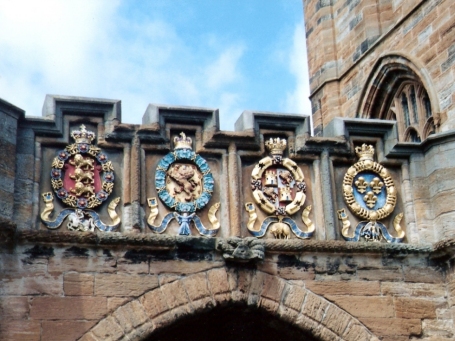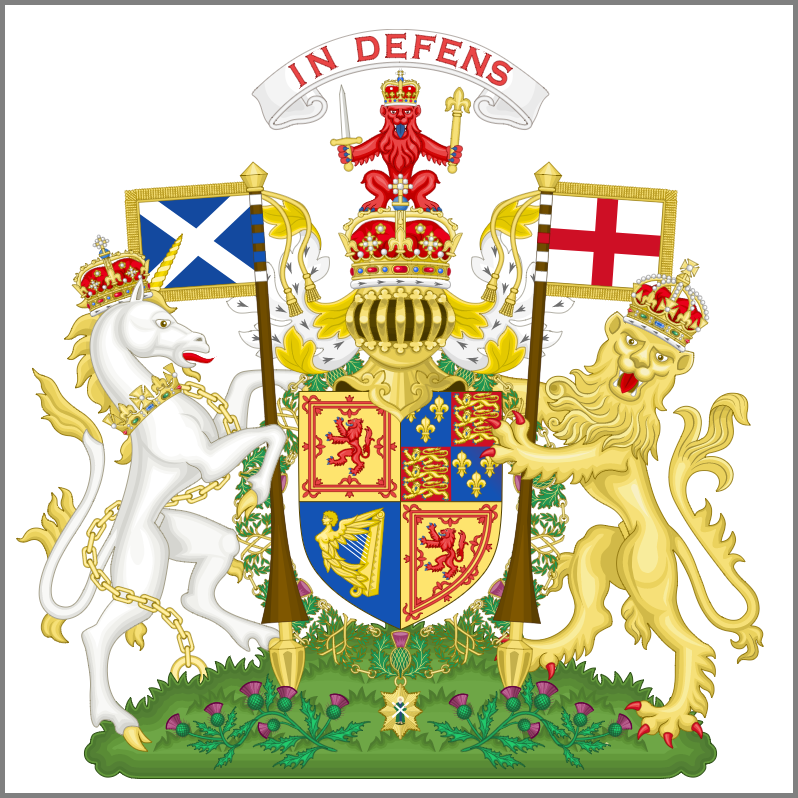
Heraldry was initially a byproduct of feudalism and chivalry, as its primary function was to enable knights to be recognized on the field.
The coat of arms became of particular importance when the closed helmet came into use, preventing the face of the knight from being seen. In fact, Duke William of Normandy nearly missed his goal of conquering the Saxons at the Battle of Hastings when his men couldn't identify him in the midst of the battle ... Continue reading ...

Tinctures constitute the limited palette of colors and patterns used in heraldry. The use of these tinctures dates back to the formative period of European heraldry, in the twelfth and thirteenth centuries, but the range of tinctures and the manner of depicting and describing them has evolved over time ... Read more at Wikipedia.